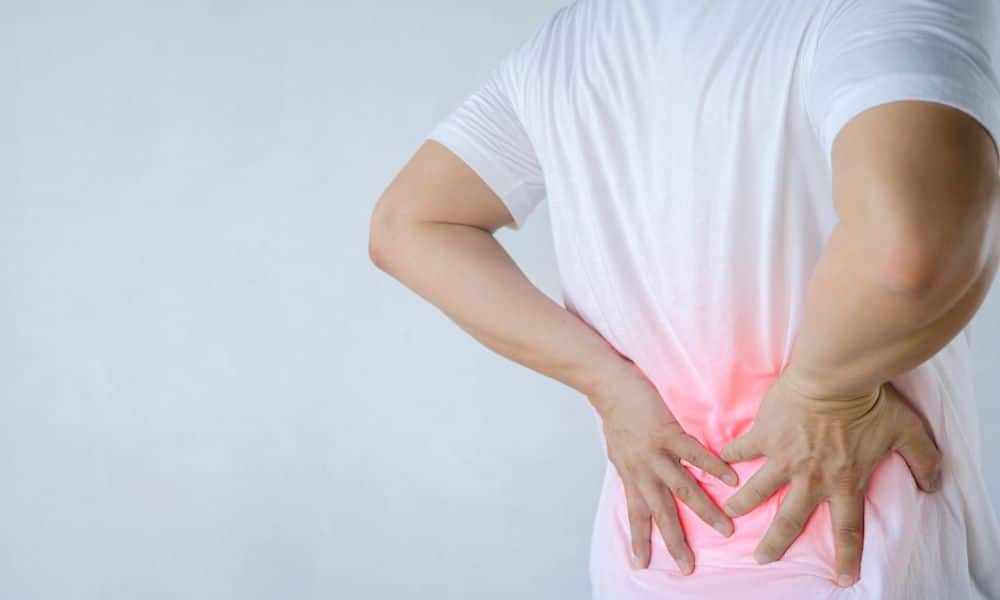We often discuss the importance of maintaining physical strength, flexibility, and endurance in health and fitness. However, the sudden onset of conditions like vertigo can throw even the most disciplined fitness enthusiasts off balance—literally and figuratively. I recently encountered this dizzying challenge. My experience with vertigo and the unconventional method I used to manage its symptoms until I could seek medical advice might offer some insights and solace to those in a similar situation.
What Is Vertigo
Vertigo is a condition characterized by the sensation of spinning or moving, even when one is perfectly still, creating a disorienting and often distressing experience for those affected. This sensation can be caused by various factors, primarily linked to issues within the inner ear or the vestibular system, which is responsible for maintaining balance and spatial orientation.
Common causes include benign paroxysmal positional vertigo (BPPV), where tiny calcium particles clump up in the canals of the inner ear; vestibular neuritis, an infection-induced inflammation of the inner ear nerves; and Meniere’s disease, which involves fluid buildup and changing pressure in the ear. Other causes can stem from a migraine, head or neck injury, certain medications, or anything that disrupts the delicate balance of the inner ear’s functioning or the brain’s perception of spatial orientation.
The Onset of Vertigo
It all began on a seemingly ordinary Sunday when I awoke to a room spinning uncontrollably. This disorienting sensation persisted through Monday, Tuesday, and Wednesday. I noticed a peculiar pattern: the vertigo did not occur when I lay on my left side. However, the spinning sensation returned in full force upon waking and changing positions. With a doctor’s appointment scheduled for the following Monday, I was left to navigate this unsettling experience for several days.
An Unconventional Approach: The TENS Unit
In search of relief, I turned to an unlikely ally: my TENS (Transcutaneous Electrical Nerve Stimulation) unit. Typically used to block pain signals sent through the nerves, I wondered if it could offer any respite from my vertigo symptoms. I discovered a temporary solution by placing the TENS unit pads on each side of my cervical spine, approximately an inch away from the spine itself. The electrical stimulation allowed me to lie on my back without experiencing vertigo, providing relief for up to two hours after use.
Additional Coping Mechanisms
During this ordeal, I stumbled upon a few other techniques to manage the symptoms:
- Closing My Eyes: Simply shutting my eyes seemed to halt the spinning, though it did little to alleviate the accompanying nausea.
- Mirror Gazing: By staring into a mirror and focusing on my pupil, I could determine if it was dilating—a trick that sometimes helped manage vertigo.
The Verdict on Research
It’s crucial to note that no scientific research supports using TENS units, closing one’s eyes, or mirror gazing as effective treatments for vertigo. These methods were personal experiments born out of necessity and curiosity rather than evidence-based practices.
Alternative Non-Medical Methods
For those seeking non-medical ways to cope with vertigo, consider the following:
- Epley Maneuver: A series of head and body movements that can be done at home to shift the ear crystals that cause vertigo in some cases.
- Ginger: Known for its anti-nausea properties, ginger can help manage vertigo-related nausea.
- Hydration: Staying well-hydrated can sometimes alleviate vertigo symptoms, as dehydration can worsen them.
- Stress Management: Techniques such as meditation, yoga, and deep-breathing exercises can reduce stress, which may trigger or exacerbate vertigo.
Conclusion
Exploring alternative methods to manage vertigo while awaiting professional medical advice can provide temporary relief. However, it’s essential to approach these methods with caution and seek a doctor’s opinion before trying any new treatment. My journey with vertigo and the TENS unit is a testament to the unpredictability of health issues and the importance of adaptability and self-care in the face of them.




